Foods That Should Never Be Placed in the Refrigerator, In the world of culinary arts and home cooking, the refrigerator is often seen as a haven for all things edible. However, not everything benefits from the chill of the fridge. Certain foods can lose their essence, flavor, and nutritional value when subjected to cold temperatures. This comprehensive guide will explore seven such foods that should never find their way into your refrigerator, ensuring that you preserve the taste and quality of these essential kitchen staples.
1. Tomatoes: The Flavor Savers
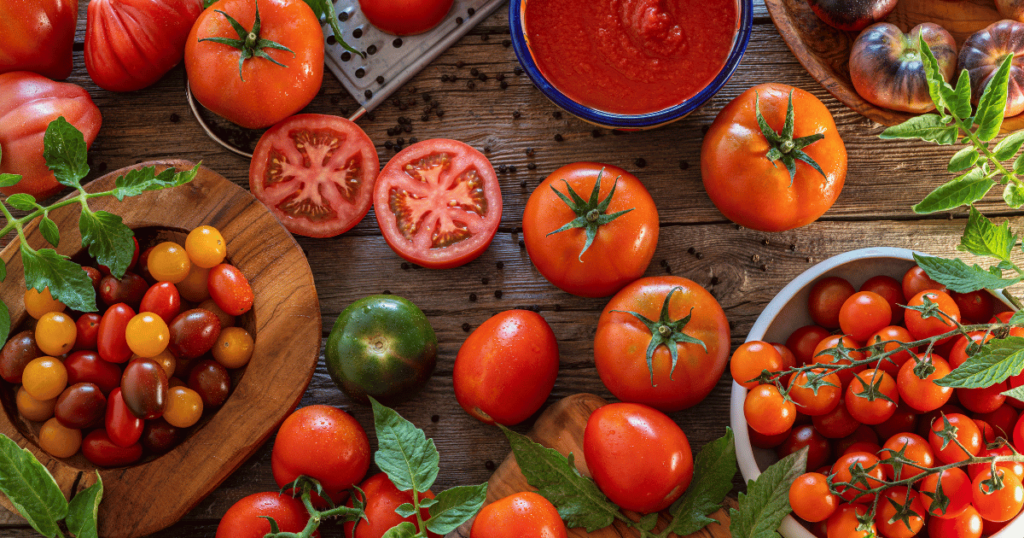
Tomatoes are more than just a food item; they are the jewels of the kitchen, often used to add a burst of flavor to a variety of dishes. Their vibrant colors and rich, tangy taste make them a favorite among chefs and home cooks alike. However, the way you store tomatoes can greatly impact their quality and taste.
When placed in the refrigerator, tomatoes face a hostile environment. The cold air inside the fridge halts its ripening process, which is essential for developing its full flavor profile. This interruption not only affects their texture but also their flavor. The cold temperature is known to break down the membranes inside the fruit walls, leading to a mealy, unappetizing texture. This is a far cry from the firm, juicy bite most people expect from a fresh tomato.
To maintain their fresh taste and firm texture, tomatoes should be stored at room temperature. This can be on a countertop or in a basket, away from direct sunlight, which can cause them to overripen and spoil. Room temperature storage allows tomatoes to ripen naturally, developing the perfect balance of acidity and sweetness that makes them so delightful in salads, sandwiches, and sauces.
2. Potatoes: Keep Them Cool, Not Cold
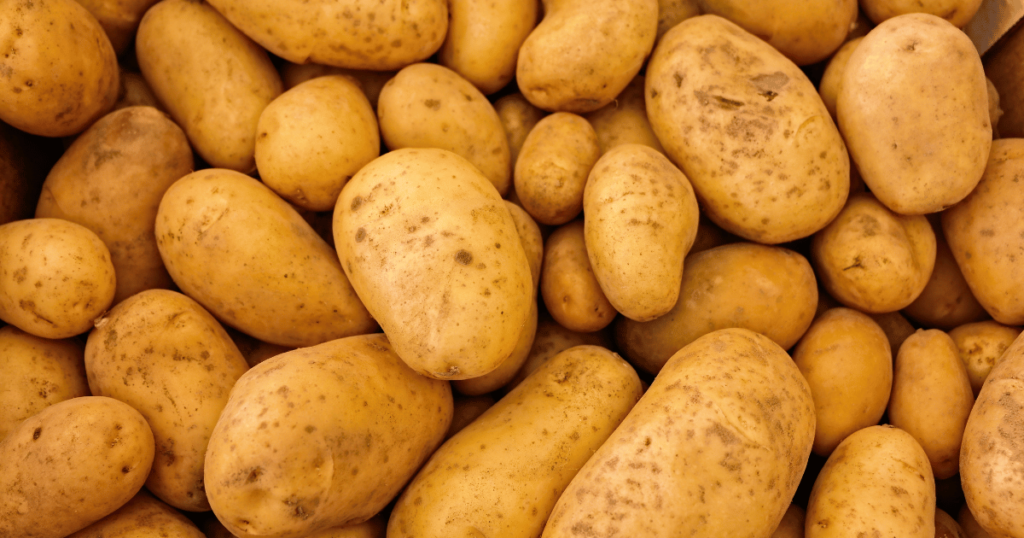
Potatoes are a staple in many diets around the world, cherished for their versatility and nutritional value. They can be baked, mashed, fried, or boiled, making them a go-to ingredient for a variety of dishes. However, the storage of potatoes is crucial to maintaining their optimal taste and texture.
The common mistake many people make is storing potatoes in the refrigerator. The cold environment of a fridge is detrimental to potatoes. It turns their starch into sugar more rapidly than if they were stored at a cooler, room temperature. This alteration in the starch-sugar balance not only changes their taste, making them undesirably sweet, but also affects their texture and cooking properties. For instance, potatoes that have been refrigerated tend to become gritty when cooked.
Moreover, this transformation can lead to a higher acrylamide level when potatoes are cooked at high temperatures, such as frying or roasting. Acrylamide is a substance that forms in certain foods during high-temperature cooking processes and has been linked to health risks.
To avoid these issues, potatoes are best stored in a cool, dark place like a pantry. This environment is ideal for keeping potatoes fresh for a longer period without altering their natural starch composition.
3. Onions: Avoiding Moisture and Light
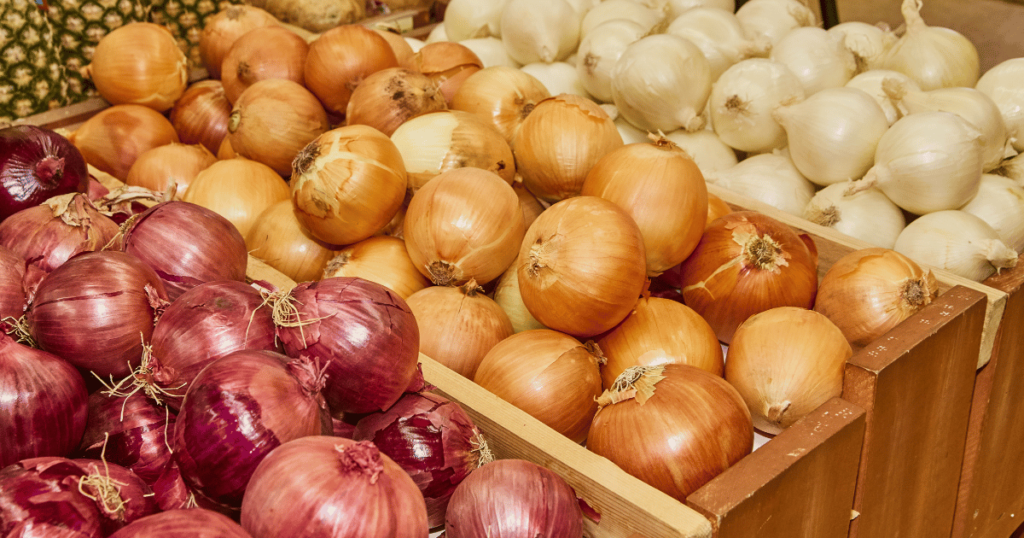
Onions are a fundamental ingredient in many cuisines, valued for their ability to enhance the flavor of a dish. However, their storage is often overlooked, which can lead to premature spoilage.
Onions require air circulation to stay fresh. The enclosed, moist environment of a refrigerator
is not suitable for them. In the fridge, onions are likely to become moldy and soft, losing their crispness and flavor. This is due to the high humidity inside refrigerators, which is not conducive to the dry conditions onions prefer.
Instead, onions should be stored in a cool, dry, well-ventilated place. This could be in a mesh bag or a basket in a pantry or a storage area where there is enough air movement to keep them dry. It’s important to avoid storing onions in plastic bags or containers, as these can restrict airflow and increase humidity around the onions, leading to faster decay.
The location for storing onions should also be away from direct light, as exposure to light can cause them to become bitter. A dark pantry or cupboard is ideal. Additionally, onions should be kept separate from potatoes. While they might seem like natural storage companions, potatoes emit moisture and gases that can cause onions to rot more quickly.
Once an onion is cut, however, the rules change. A cut onion should be wrapped tightly, preferably in a cling wrap or placed in a sealed container, and stored in the refrigerator. This is necessary to avoid contamination and to preserve its freshness. The cold environment of the fridge slows down the oxidation process, keeping the cut onion fresh and usable for a few more days.
4. Garlic: Preserving Its Potency
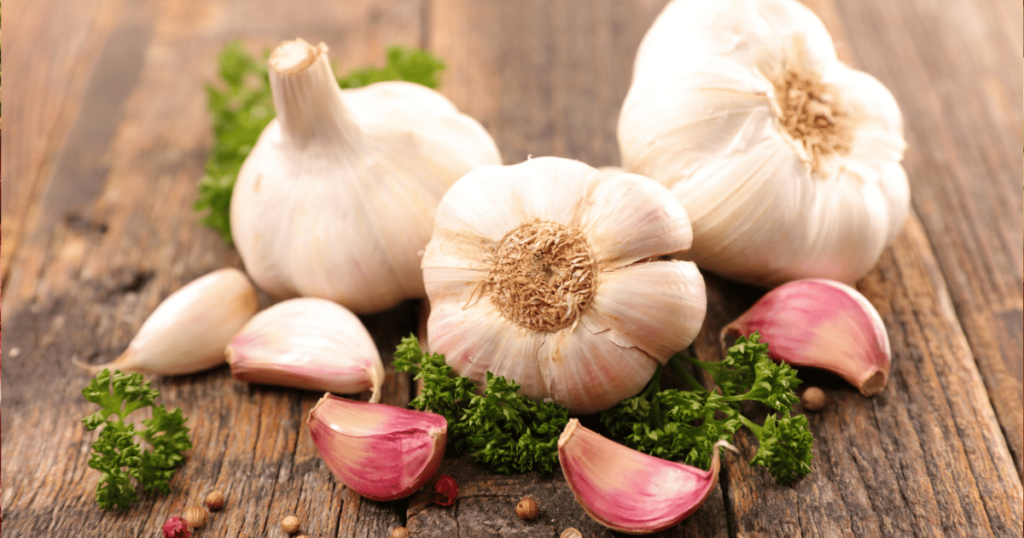
Garlic, known for its strong flavor and aroma, can sprout and become rubbery or moldy in the fridge. It’s best to store garlic in a cool, dry place with good air circulation. Proper storage ensures that garlic retains its flavor and health benefits, which can be diminished by refrigeration.
5. Bread: Keeping It Fresh, Not Stale
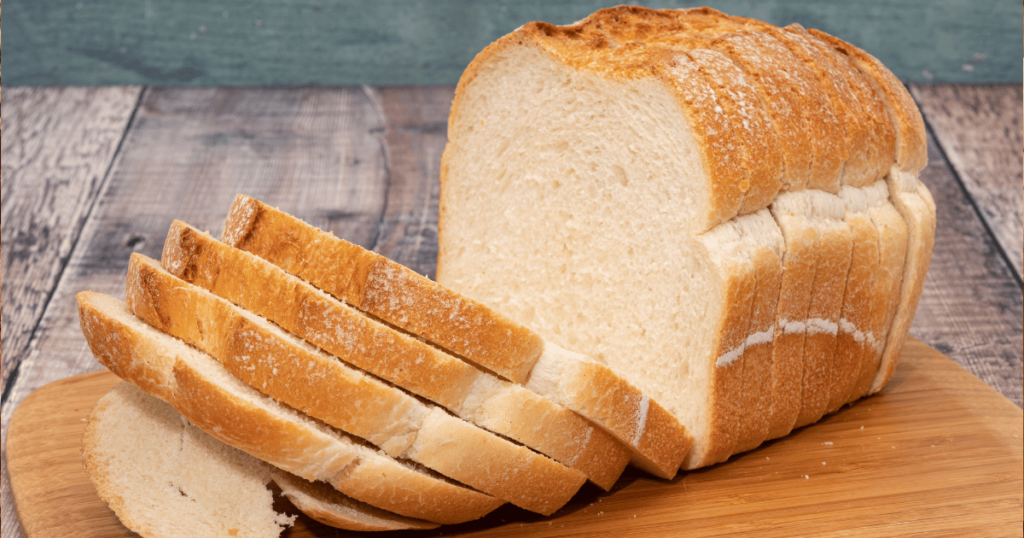
Contrary to popular belief, refrigerating bread speeds up the dehydration process and staling. Bread is best kept in a bread box or a bag at room temperature for short-term use. For longer storage, freezing is a better option, as it better preserves its freshness and texture.
6. Honey: Natural Preservation
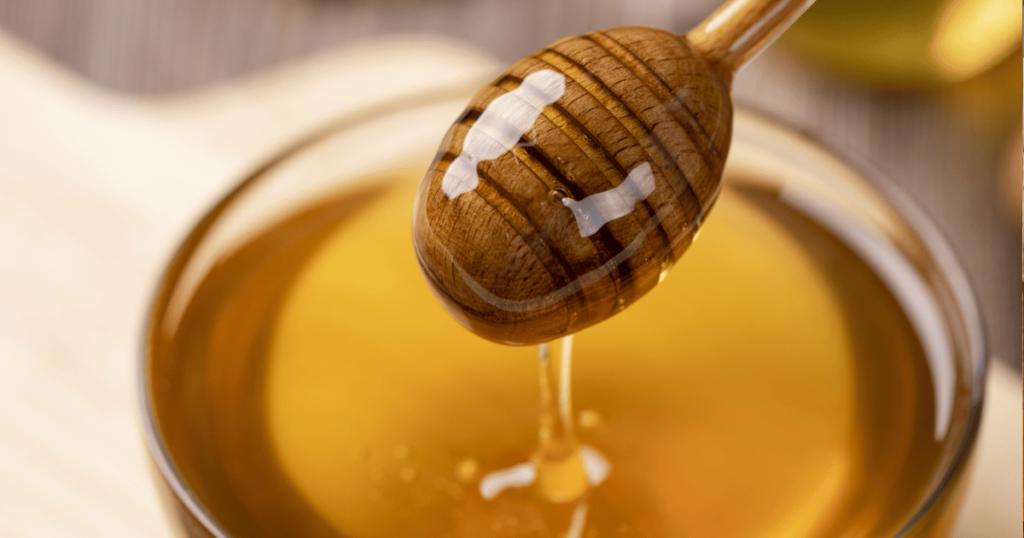
Honey is a natural wonder that never spoils. Refrigeration can cause it to crystallize and harden, making it difficult to use. It’s best to store honey at room temperature, away from direct sunlight. In its natural state, honey can be enjoyed in its smooth, liquid form.
7. Melons : Room Temperature for Richness
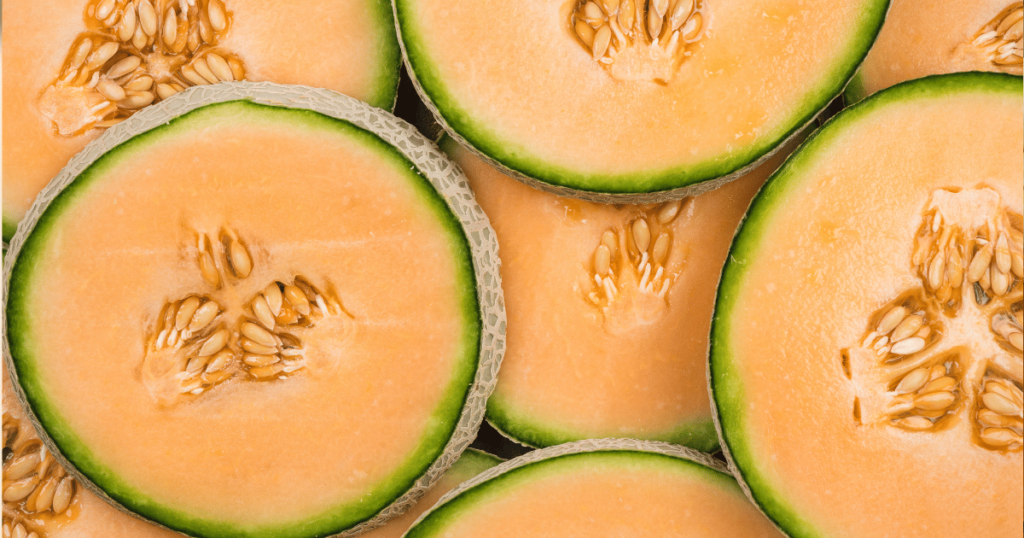
Whole melons, such as watermelon, cantaloupe, and honeydew, should be kept at room temperature until they’re cut. Refrigeration can halt the ripening process, reducing the melon’s antioxidants and flavor. Once cut, however, they should be refrigerated to preserve freshness.
Conclusion
Understanding the proper storage methods for different foods can significantly impact their taste, texture, and nutritional value. By keeping these seven foods out of the refrigerator, you can ensure they retain their best qualities. Remember, the refrigerator isn’t always the go-to storage solution. Sometimes, the pantry or countertop is all you need to keep your food fresh and delicious.
Foods That Should Never Be Placed in the Refrigerator
FAQs
Q: Can I refrigerate these foods after they’re cut or cooked? A: Yes, once foods like tomatoes, onions, and melons are cut, they should be refrigerated to preserve their freshness and prevent spoilage.
Q: How long can bread last at room temperature? A: Bread can last about 4-5 days at room temperature. If you need to store it longer, freezing is a better option.
Q: What’s the best way to store potatoes? A: Store potatoes in a cool, dark, well-ventilated place like a pantry. Avoid storing them near onions, as gases from the onions can hasten spoilage.
check this out : 12 Foods You Should Never Eat for Lunch



